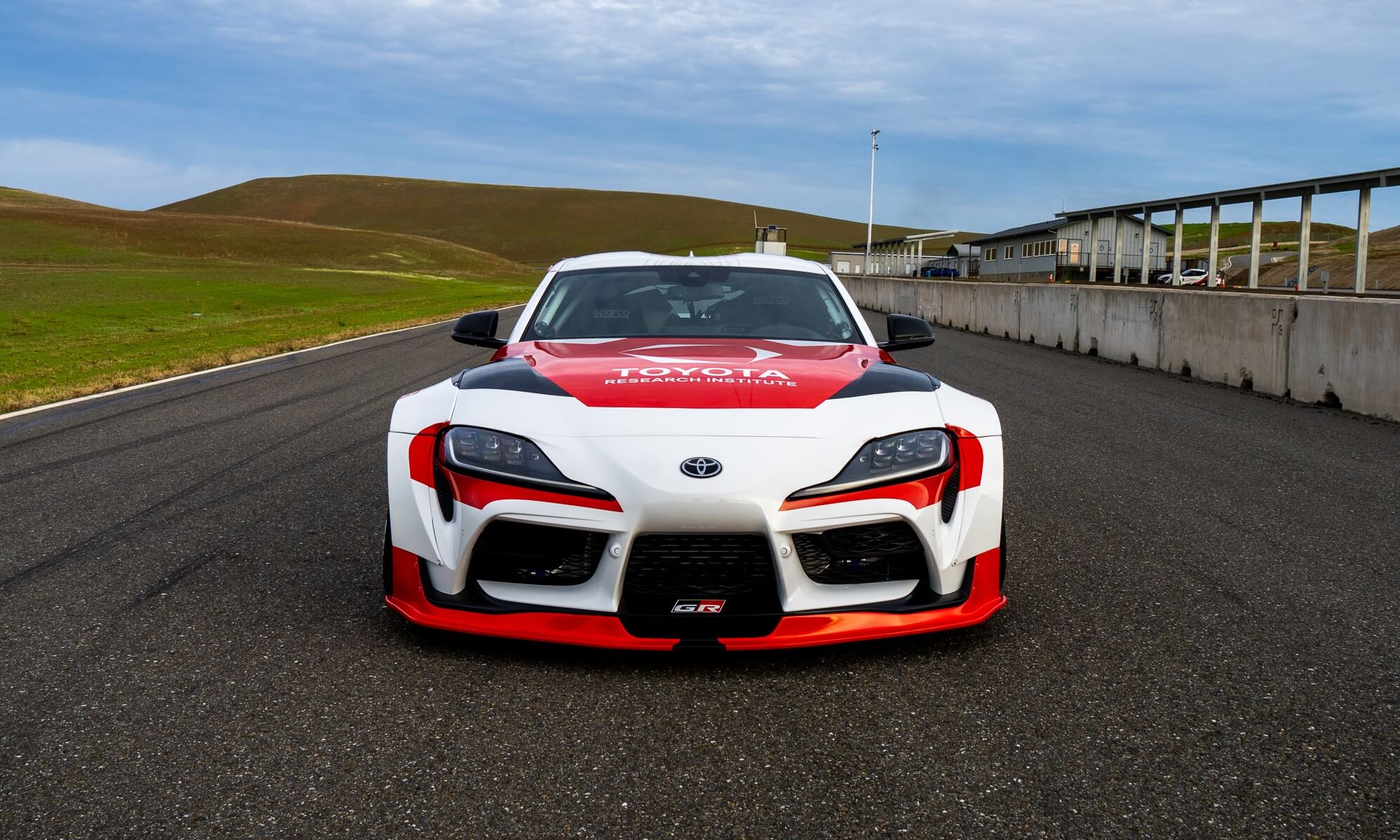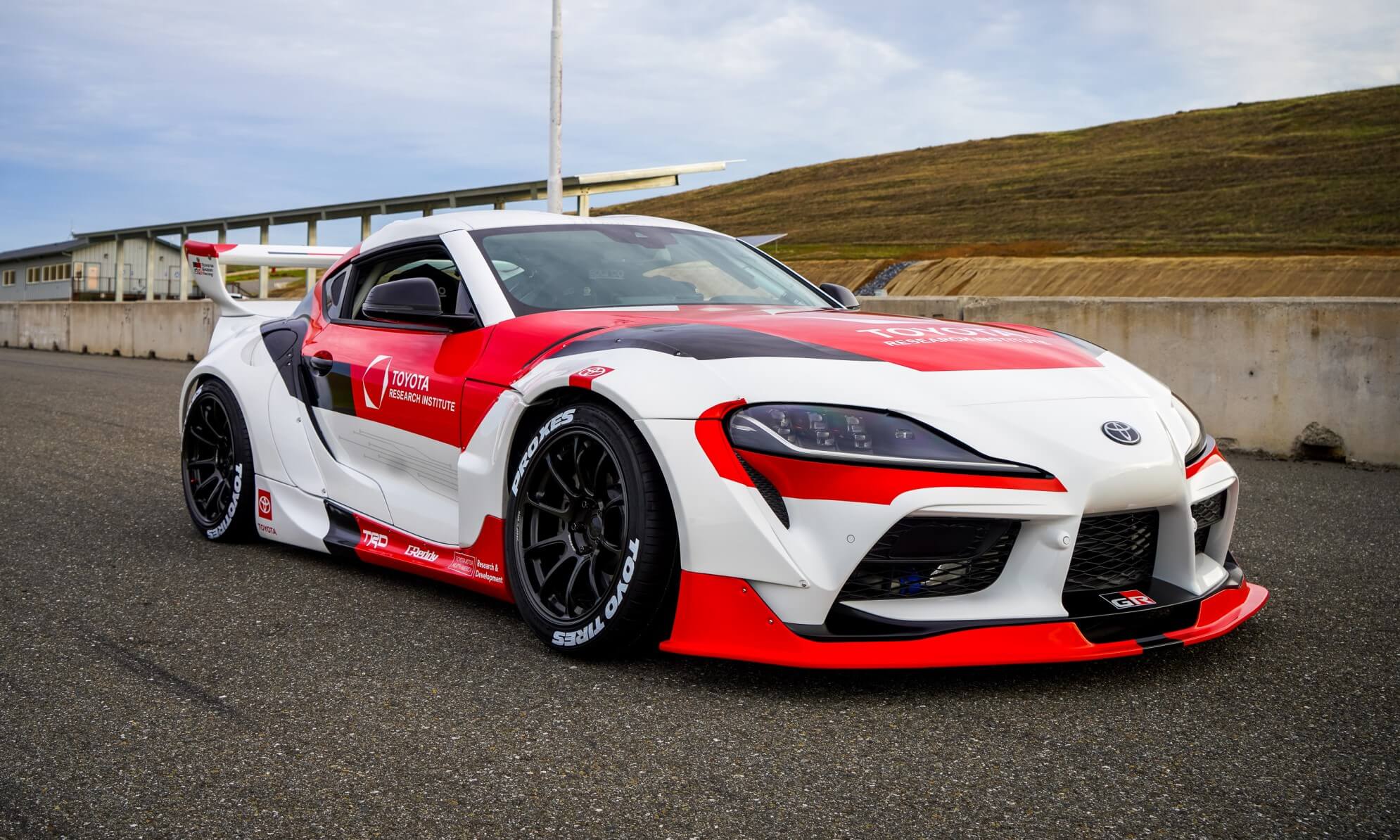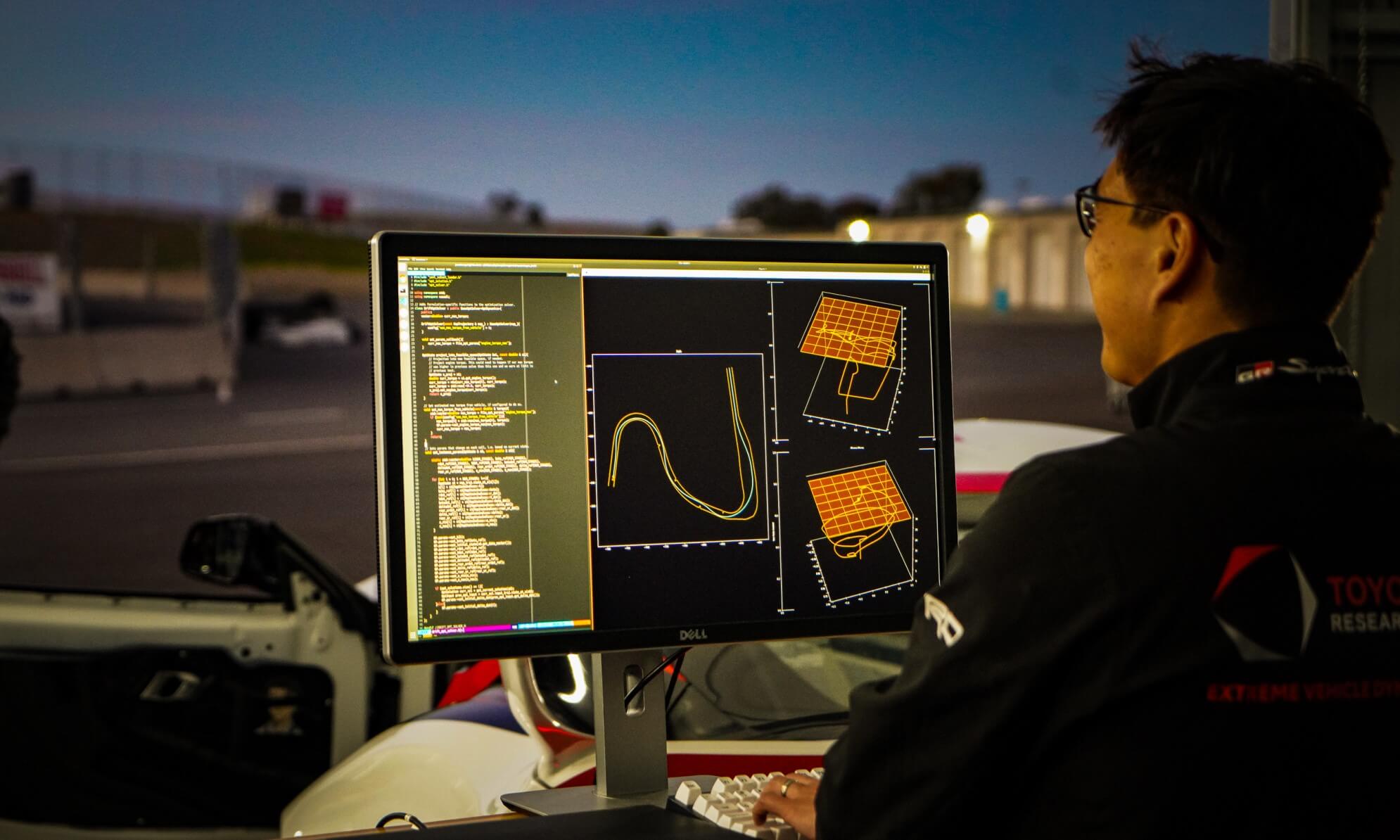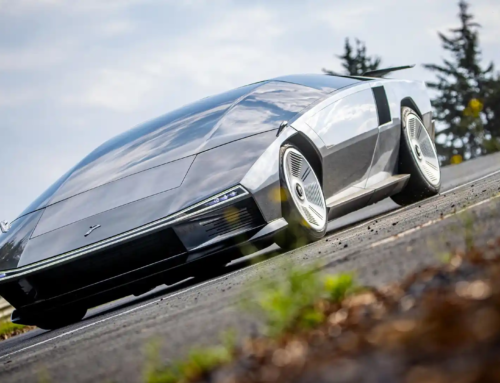Autonomous cars are on the horizon, we are not sure how long before the tech is commonplace, but it is definitely on it way. Japanese automaker Toyota has an in-house research division called Toyota Research Institute (TRI) that has just completed an autonomous drifting Toyota Supra.
Follow Double Apex on Facebook and Instagram, where we share more car content.
Buy now and take advantage of free delivery in South Africa on orders over R349.
On its own
TRI researchers have programmed the fifth generation sports coupe to autonomously drift around obstacles on a closed track. The autonomous drifting Toyota Supra wasn’t preprogrammed to drift at set points. Instead it is using TRI’s Nonlinear Model Predictive Control (NMPC) to react to obstacles within its path. TRI’s idea is to utilise controlled, autonomous drifting to avoid accidents by navigating sudden obstacles or hazardous road conditions like black ice.
“At TRI, our goal is to use advanced technologies that augment and amplify humans, not replace them,” said Avinash Balachandran, senior manager of TRI’s human centric driving research. “Through this project, we are expanding the region in which a car is controllable, with the goal of giving regular drivers the instinctual reflexes of a professional racecar driver to be able to handle the most challenging emergencies and keep people safer on the road.”
Check out the world record for drifting at this link.
Competition ready
One year ago, TRI and the Dynamic Design Lab at Stanford University enlisted the support of performance specialists GReddy and drift legend Ken Gushi. As a result, the Supra’s suspension, engine, transmission, chassis and safety systems eg. roll cage, fire suppression are similar to that used in Formula Drift. The car was also kitted with a computer controlled steering, handbrake and auto shift mechanism for the manual transmission.
The aim was to design a new level of active safety to help avoid crashes and prevent injuries and fatalities. The NMPC controller can smoothly transition from dynamic drifting to grip while accounting for multiple objectives including road bounds. TRI has therefore built skills into its algorithm comparable to an expert driver. TRI researchers’ software calculates a whole new trajectory every 20th of a second to balance the car gracefully as it goes around the track. The end result is to use this technology to amplify and augment a regular driver’s ability to respond to dangerous and extreme situations.
“When faced with wet or slippery roads, professional drivers may choose to ‘drift’ the car through a turn, but most of us are not professional drivers,” said Jonathan Goh, TRI research scientist. “That’s why TRI is programming vehicles that can identify obstacles and autonomously drift around obstacles on a closed track.”






![Koenigsegg Sadair’s Spear is a Limited-Edition Track Weapon [w/video]](https://doubleapex.co.za/wp-content/uploads/2025/07/Koenigsegg-Sadairs-Spear-rear-500x383.webp)


![Watch Lewis Hamilton Thrash Ferrari F80 Around Fiorano [video]](https://doubleapex.co.za/wp-content/uploads/2025/06/Lewis-Hamilton-Thrash-Ferrari-F80-500x383.webp)
Leave A Comment